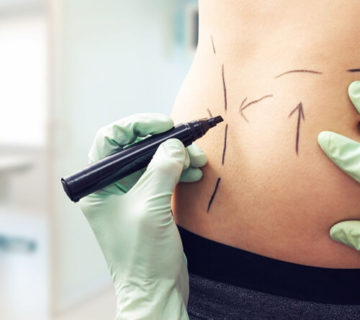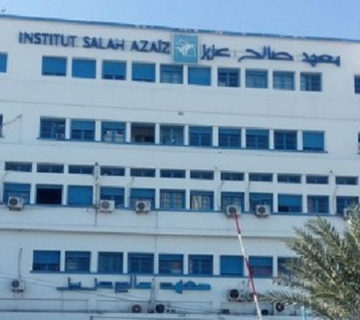Rhinoplasty is the cosmetic surgery of the nose. It aims to modify the appearance or size of the nose to make it more in harmony with the other facial features.
What is Rhinoplasty ?
Rhinoplasty is the cosmetic surgery of the nose. It aims to modify the appearance or size of the nose to make it more in harmony with the other facial features. This surgery is recommended to achieve the following goals:
Reduce bumps
Decrease the width of the nose
Reduce the size of the nostrils and bulbous tips
Decrease the projection of the tip of the nose
Refine the nasal tip
Correct a defect or a deviation of the septum to treat respiratory dysfunction
A broken nose following a trauma or an accident…
Before rhinoplasty surgery
Several steps are carefully taken by cosmetic surgeons before performing nasal surgery. A checkup is usually requested to ensure that the surgery will have no negative impact on the patient’s general health. The patient, moreover, must take into consideration some preliminary recommendations such as:
Stop smoking to avoid slowing healing
Stop taking aspirin and any product that contains it as well as anti-inflammatories since they slow down blood clotting. As a result, they cause more or less heavy bleeding
Rhinoplasty – The procedure
Primary rhinoplasty surgery takes between one and two hours. It is generally operated under general anesthesia and requires a maximum of one day of hospitalization.
To perform cosmetic nose surgery, the plastic surgeon begins by gently creating fine incisions in the nasal nostrils. This technique is applied inside the nose and is called closed rhinoplasty surgery. The incisions are therefore hidden inside and their scars are entirely discreet. It is also done by open approach which gives a good visibility to the surgeon to work on the tip as well.
We can distinguish :
- Reduction rhinoplasty: It is intended for thick, long, hunchbacked noses or whose nostrils are too wide. In the cases mentioned, the plastic surgeon takes the excess bone by separating the skin of the cartilage from that of the bone. Then, he repositions the lateral faces on both sides of the nose according to the desired shape and ends up reshaping the cartilage as well as the nasal alar cartilages.
- Augmentation rhinoplasty: This type of surgery is for people with short noses or with flattened tips. The operation in these cases is carried out by performing a cartilage graft from the pinna of the ear or from the septum of the nose or from the costal cartilage.
The postoperative course of rhinoplasty
- Following this intervention, the surgeon places a splint or wicks until the relative healing of the traces of the incisions made. After two days, he deposits a cast in order to consolidate and protect the new nasal structures.
- The patient will likely have swelling and bruising especially in the lower eyelids. For two or three months at most, the tip of the nose remains very fragile. The patient may have breathing difficulties a few days after the operation. In addition, more or less intense pain may be experienced. This is why the plastic surgeon taking care of the patient is able to prescribe the anti-inflammatories that are appropriate for him.
Rhinoplasty – Result
The result obtained following nose surgery is generally visible from the first 14 days following the operation. However, the final result requires at least 1 year to be truly appreciated.



